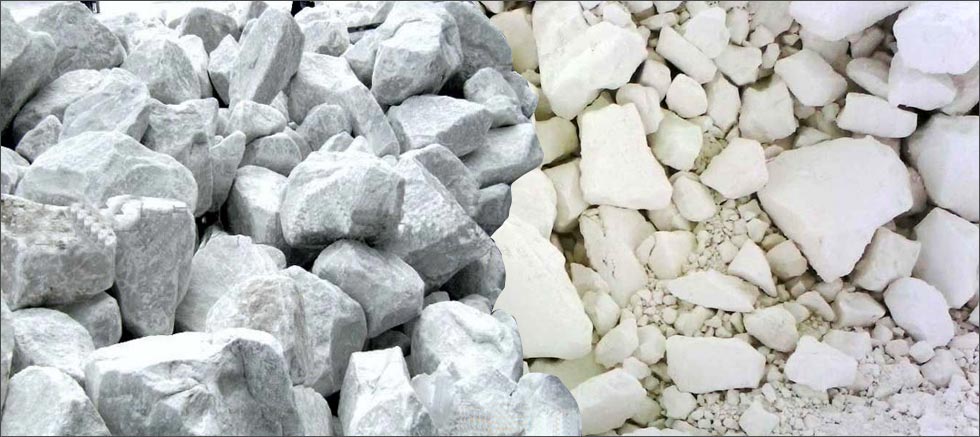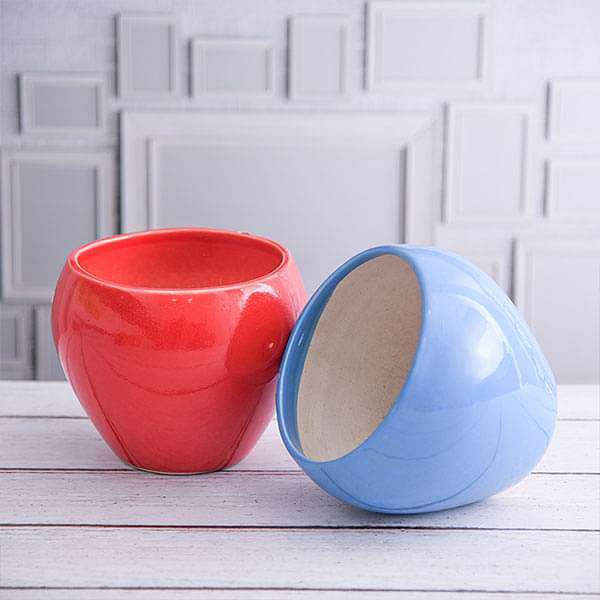
ball clay
Ball Clay is highly plastic and characteristically valued for its high degree of plasticity. It is a fine-grained and sedimentary clay that is usually white in color, though it can occasionally present a grey to a dark brown hue. Its name is derived from the old English method of mining this clay in the shape of rough ‘balls.’
The composition of Ball Clay includes a variety of minerals. Primarily
Kaolinite: Ball Clay typically contains 20-80% of kaolinite. It is a clay mineral that lends Ball Clay its white color and plastic properties.
Mica: This is a group of silicate minerals that are present in the Ball Clay, contributing to its ability to withstand high temperatures.
Quartz: Also known as silica, quartz in Ball Clay provides it with a degree of resistance to heat and chemical attacks.
Applications of Ball Clay
The main use of Ball Clay is as a raw material in the manufacture of ceramics. Because of its high plasticity and strength, it is commonly used in the production of sanitary ware, pottery, and tiles. It’s also used in refractory applications and in the creation of fiberglass insulation.
It enables the molding of intricate shapes and designs while maintaining structural integrity during the drying and firing process. The white firing characteristics of Ball Clay also enhance the brightness of glazes, making it a critical component in the production of white and colored ceramics.
Physical properties
- High plasticity
- Excellent work ability
- High unfired strength
- Rheological stability
- Controlled residue
- Refractoriness
Application

adhesives and sealants

ceramic

Rubber & Tyers


